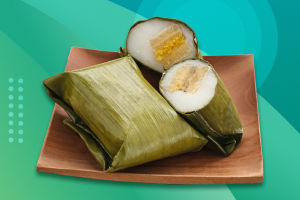Nowadays, the closet is an indispensable piece of furniture for every family. Closet as storage furniture, storage capacity is very strong.
If you store properly, the closet can store a lot of clothes and will not be damaged for a long time.
Wardrobes can be made from a variety of materials, each with its advantages and disadvantages.
Some of the most common materials used for wardrobes include:
1. Wood
Wood is a popular material for wardrobes due to its durability, strength, and aesthetic appeal. Solid wood wardrobes are sturdy and can last for many years with proper care.
However, they can be quite heavy and may require regular maintenance such as polishing and refinishing.
2. MDF
Medium-density fiberboard (MDF) is a composite material made from wood fibers and resin.
MDF wardrobes are less expensive than solid wood wardrobes and can be made in a variety of styles and finishes. They are not as durable as solid wood and may be prone to chipping and cracking.
3. Plywood
Plywood is made from thin layers of wood that are glued together to create a strong and lightweight material.
Plywood wardrobes are durable and resistant to warping and cracking. They may be more expensive than MDF wardrobes and may not have the same aesthetic appeal as solid wood.
4. Metal
Metal wardrobes are strong and durable, and they can be made in a variety of styles and finishes.
They are also resistant to warping and cracking.
Metal wardrobes may be noisy and may not have the same aesthetic appeal as wood or MDF wardrobes.
5. Plastic
Plastic wardrobes are lightweight, affordable, and easy to clean. They are also resistant to moisture and are ideal for use in humid environments.
Plastic wardrobes may not be as durable as other materials and may not have the same aesthetic appeal.
In summary, each material has its advantages and disadvantages when it comes to wardrobe construction.
Solid wood is durable and aesthetically pleasing but can be heavy and require maintenance. MDF is less expensive and versatile but may not be as durable. Plywood is strong and resistant to warping but may be more expensive.
Metal is durable and versatile but may be noisy and lack aesthetic appeal. Finally, plastic is lightweight and affordable but may not be as durable or aesthetically pleasing.
The choice of material ultimately depends on the individual's needs and preferences.


